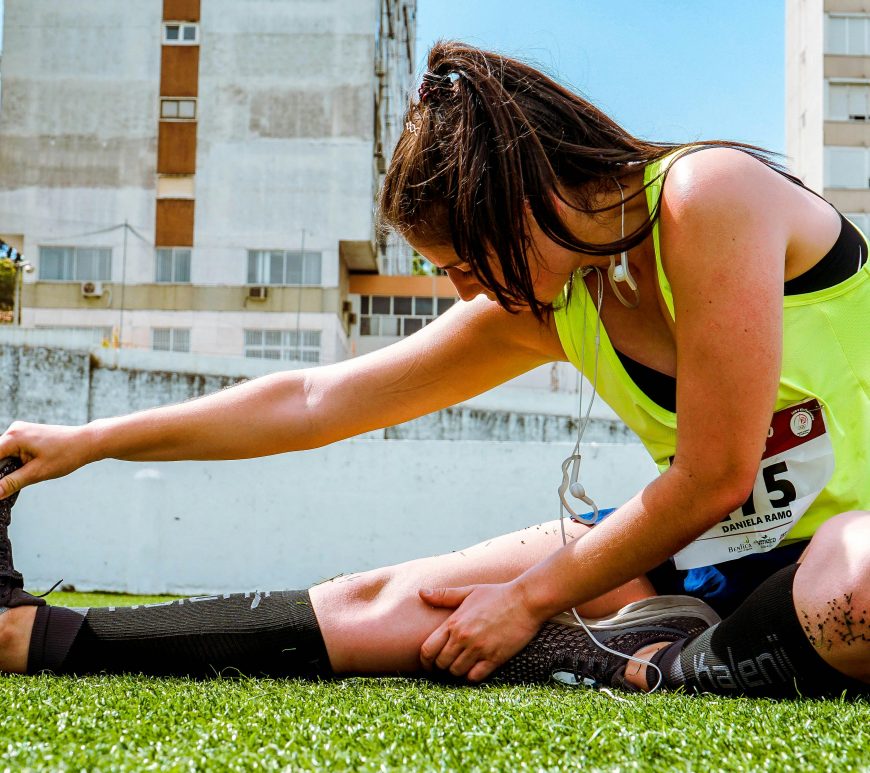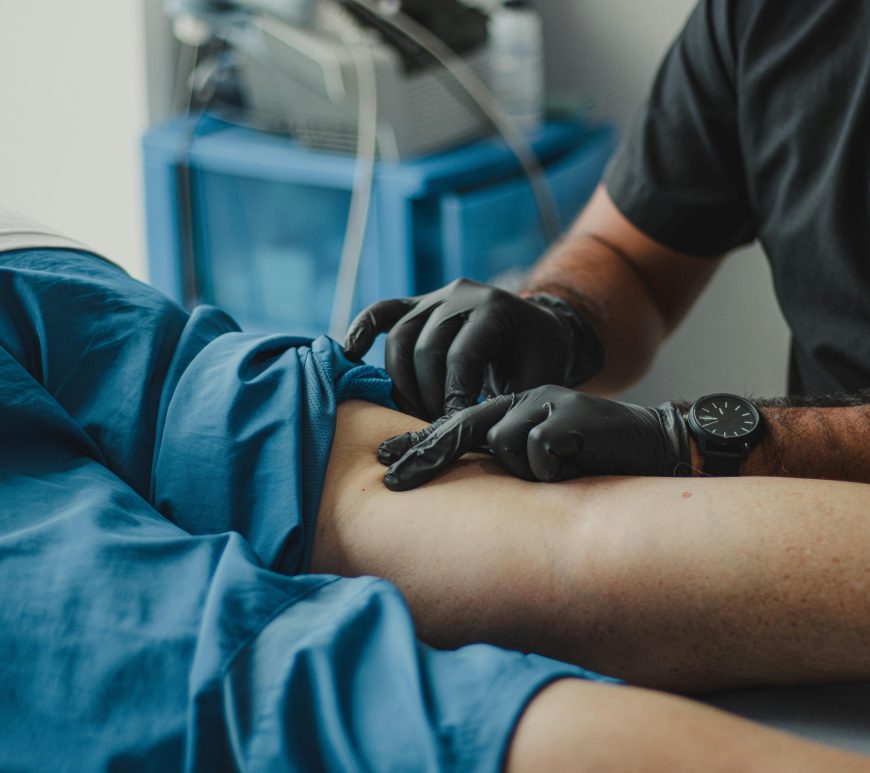
Do pre-exercise routines influence achilles tendon biomechanics? A cross-over study
The debate surrounding the efficacy of stretching and warm-up routines in injury prevention continues to persist within the realm of sports science. One key area of interest is the impact of these preparatory exercises on the biomechanical properties of the Achilles tendon. In 2011, a study aimed by Park, et. al., to explore whether warm-up exercises exert a more significant influence on Achilles tendon biomechanics … Continue reading Do pre-exercise routines influence achilles tendon biomechanics? A cross-over study



